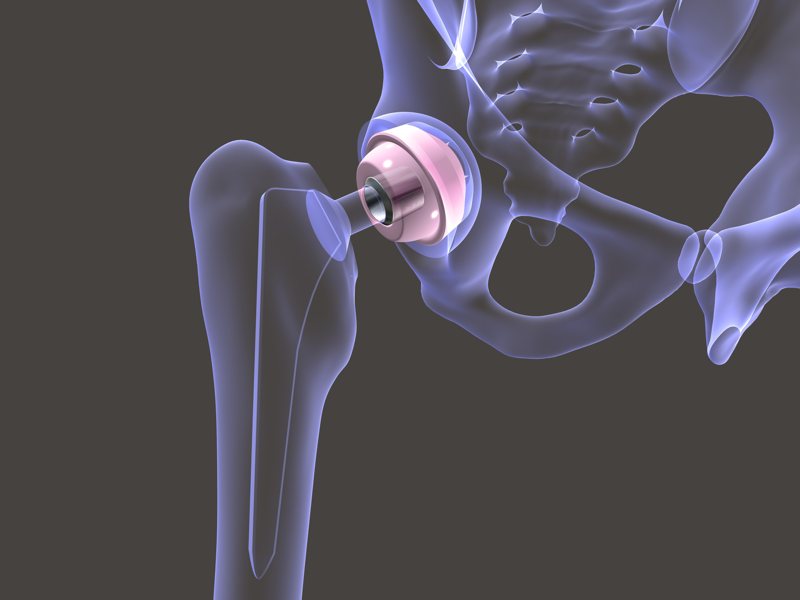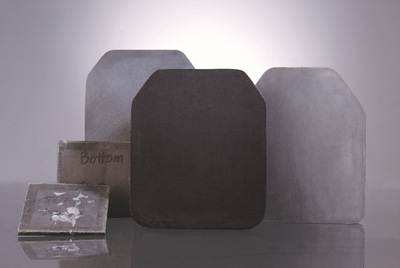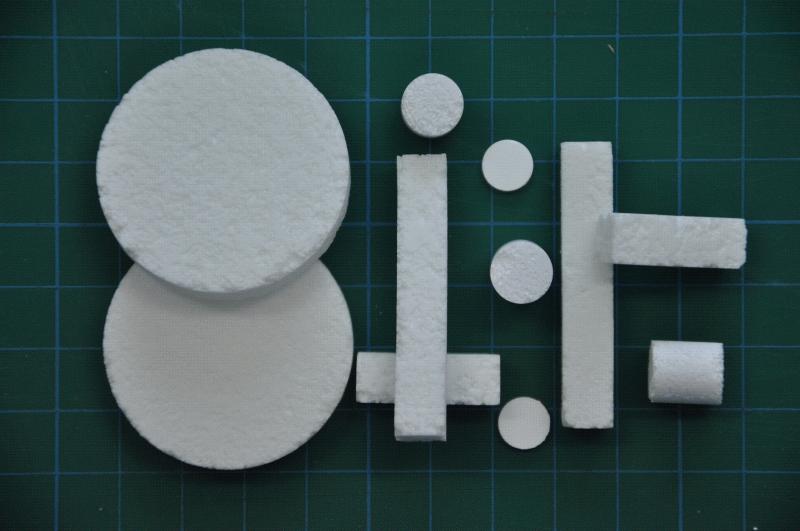Alumina bioceramics are often used as artificial joints in the human body to replace joints, artificial bones, etc. that have lost function due to disease or trauma. Therefore, alumina bioceramics are required to have high strength, high hardness, good corrosion resistance, good wear resistance, small thermal expansion coefficient, and light material.

BIOLOX®OPTION
(1) Mechanical strength
The reason for the high strength of alumina ceramics is determined by its microstructure. A large number of experimental studies have shown that the smaller the crystal grains, the higher the strength.
In addition, the strength and elastic modulus of alumina ceramics decrease with the increase of porosity. This is because the pores not only reduce the load bearing area, but also cause stress concentration near the pores, thereby weakening the strength of the material.
In addition to the porosity, the shape and distribution of the pores also have an important influence on the strength. In addition, the presence of impurities and the second phase also affects the strength. In a nutshell, eliminating microscopic defects and improving the integrity of crystals, that is, fineness, density, uniformity, and purity, are effective measures to improve alumina ceramics, and are also an important direction for current ceramic development.
(2) Hardness
Hardness is an important mechanical property of materials. The hardness of crystalline minerals and ceramic materials mainly depends on their composition and structure. The larger the radius of the ion, the higher the electricity price, and the larger the coordination number, the greater the binding energy and the greater the hardness, and the stronger the ability to resist external friction, scribing, and pressure. Similar to the strength, the material's microstructure, cracks, impurities, etc. all have an effect on the hardness. The hardness of a material can be expressed in a variety of ways depending on the measurement method, such as Mohs hardness, Rockwell hardness, Vickers hardness, and so on. The units of various hardness are different, and there is no fixed conversion relationship between each other.
The scratch hardness of ceramics and mineral materials is the Mohs hardness. It only indicates the order of hardness from largest to smallest, not the degree of hardness. The minerals at the back of the sequence can scratch the surface of the minerals at the front. Generally, the Mohs hardness is divided into 10 grades. Due to the emergence of synthetic materials with high hardness, the hardness is divided into 15 grades. Different biological materials have different hardness values. Hardness is an important index to evaluate the wear resistance of a kind of biomaterial.
(3) Corrosion resistance
With the increase of alumina content, the corrosion resistance of alumina bioceramics is continuously improved, and it can resist the corrosion of strong acids and alkalis. In terms of chemical corrosion resistance, alumina ceramics has unparalleled advantages over metal materials.
(4) Elastic modulus
The modulus of elasticity (E) is an important material constant and an index that reflects the bonding strength between atoms. The crystals combined by covalent bond and ionic bond have strong binding force and large E value. The molecular bond is weak, and E is low. At normal temperature, when the stress is not too large, the deformation is a simple elastic deformation, and the ratio of the stress to the strain force is the elastic modulus. The elastic modulus E of alumina bioceramics is larger than that of other organisms.
(5) Thermal expansion coefficient
The phenomenon that the volume or length of an object increases with increasing temperature is called thermal expansion. According to the thermal expansion mechanism of a solid, thermal expansion is the result of the increase in the equilibrium position of the particles in the crystal with temperature, that is, the increase of the amplitude. The degree of increase is related to the potential energy properties of the particles in the crystal lattice, and the potential energy of the particles is determined by the bonding characteristics between the particles. The stronger the binding force between the particles, the deeper and narrower the potential well, the higher the same temperature, the smaller the increase in the amplitude of the particles, the smaller the increase in the displacement of the average position, and the smaller the thermal expansion coefficient.
(6) Hydrophilicity
Alumina ceramics have excellent hydrophilicity. This is determined by the structure and surface characteristics of its main crystal phase α-Al2O3. The surface of Al2O3 has excellent hydrophilicity. Therefore, artificial joints made of alumina ceramics have a relatively low coefficient of friction and have excellent affinity with living organisms. The affinity of various materials with water can be expressed by the wetting angle formed by water droplets on the surface of the material. The smaller the θ, the better the wet state.
(7) X-ray opacity
Polycrystalline alumina ceramics have X-ray opacity. They bring great convenience to the observation of the ward after the operation, and similarly, it also brings great convenience to the use of CT technology to detect.
Declaration: This article is provided by CERADIR™ users or obtained from Internet, the content does not represent the position of CERADIR™. We are not responsible for the authenticity/accuracy of the article, especially the effects of the products concerned. This article is for study only, it does not constitute any investment or application advice. For reprinting, please contact the original author. If it involves the copyright and/or other issues, please contact us and we will deal with it asap! CERADIR™ has the interpretation of this declaration.







